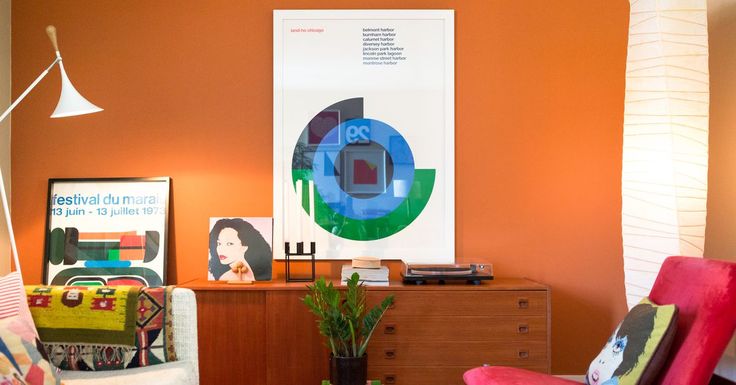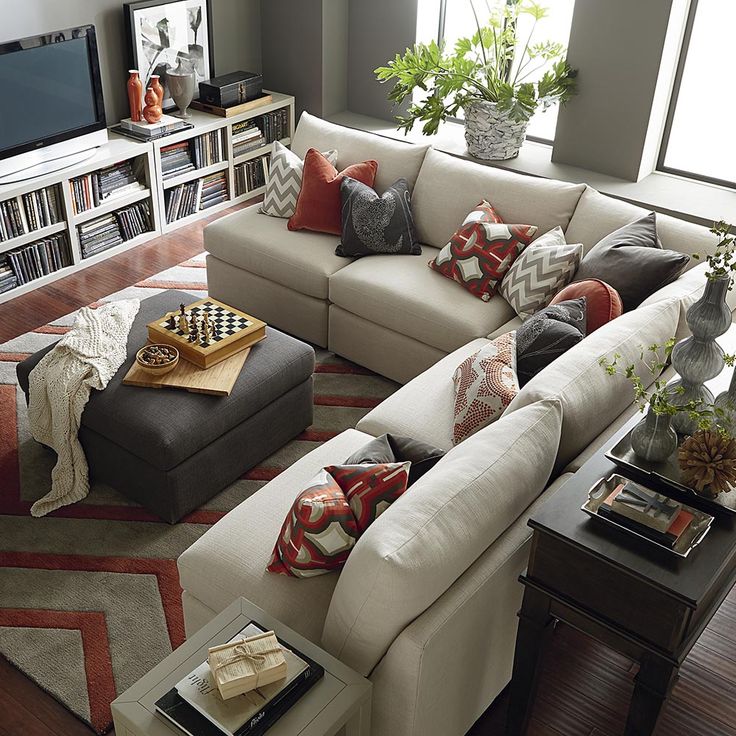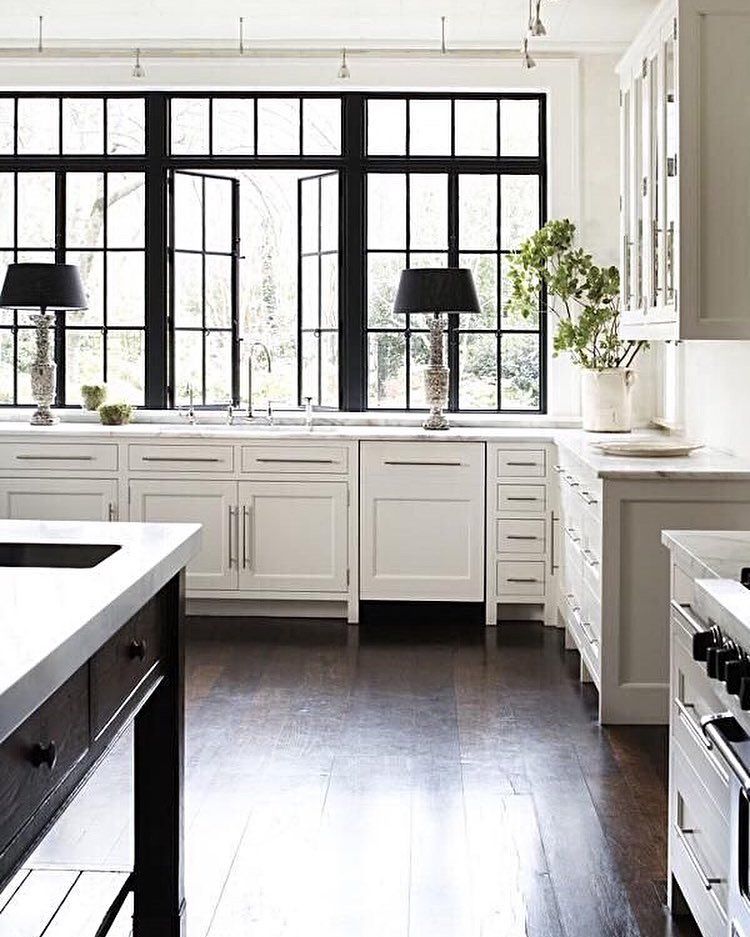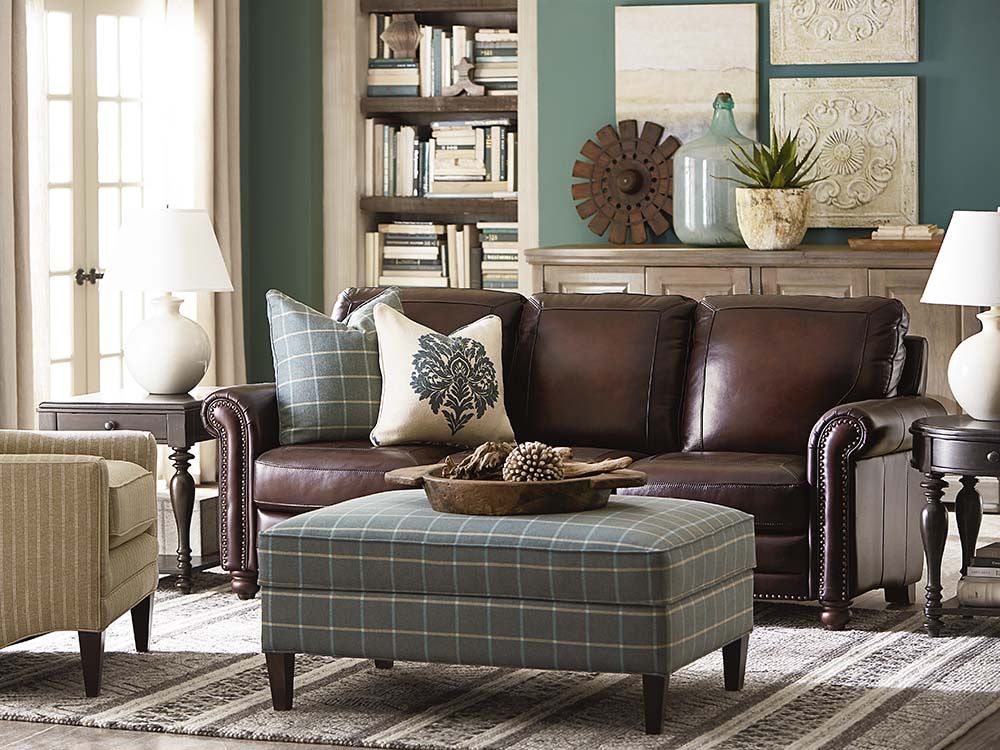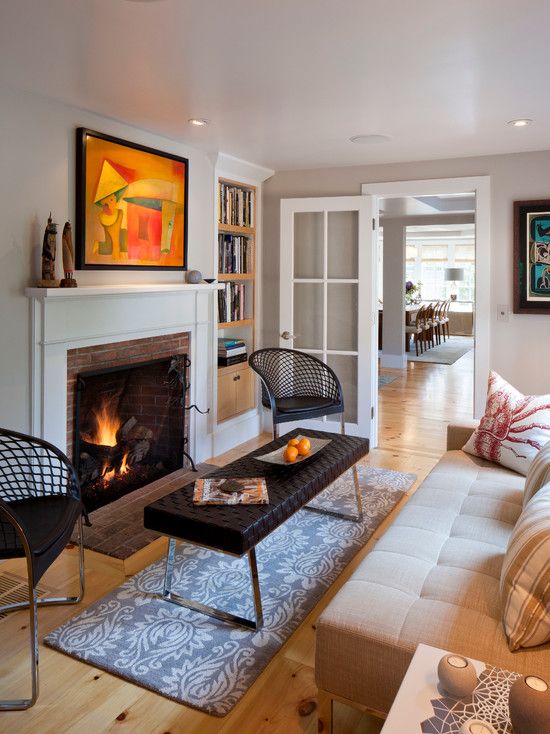Best lighting to brighten a room
10 top tips from experts |
(Image credit: Davide Lovati)
Lighting a dark room successfully can be demanding. But a scheme that provides good overall illumination as well as task and mood lighting is a must if it’s going to be a space which is comfortable for all the activities that take place there, and one in which light levels can be adjusted to suit the mood.
There are a number of reasons why the room might be naturally dark. Small windows – perhaps in a cottage – a north-facing position, shading by trees, foliage, or other external features, or a basement location can all make it more gloomy than you’d like.
Whatever the issue, though, clever lighting ideas are required and here the experts provide their advice for brightening and lighting a dark room.
Lighting a dark room
A space that’s gloomy will feel profoundly uninviting and may well provide insufficient illumination for some of the tasks that go on there. Here experts weigh in with solutions to the problem of how to make a dark room look brighter – from clever living room lighting ideas to advice for lighting a dining room.
1. Make use of LED strips
(Image credit: Kichler Lighting)
LED strips can be a valuable resource when lighting a dark room. ‘If you have any joinery or cabinetry in the room, then be sure to include LED strip lighting in the designs to bring in another light source,’ says Shalini Misra, interior designer and founder, Shalini Misra .
‘Fitting LED strips to the underside of shelving or into any joinery will bring more light into the space whilst highlighting any items on display. Similarly, fitting LED lights to the top of the cupboard will provide a warming glow and help make the room feel taller and larger. The same goes for any open shelving, with LEDs highlighting any decorative items whilst bringing a warming glow to the space.
‘You should even consider fitting LED strip lighting to curtain recesses or tuck them behind cornices to create a soft diffusion of light.’
2. Illuminate a low ceiling
(Image credit: Gunter & Co)
A room that’s dark might also have a low ceiling – and this can often be the case for basements. To tackle the issue, take inspiration from the guest bedroom of this Belgravia mews maisonette, which is naturally dark as well as not being a tall space.
To tackle the issue, take inspiration from the guest bedroom of this Belgravia mews maisonette, which is naturally dark as well as not being a tall space.
‘We didn’t want to lower the ceiling even more with a pendant, so my solution was to recess lighting into a void in the ceiling, resulting in a soft wash of light,’ explains Irene Gunter, founder of Gunter & Co .
‘We combined the recessed lighting with Linden lamps by Kelly Wearstler. The lamps don’t just look beautiful (particularly considering we customized the shades), but they also emit a warm, ambient light that is great for winding down in the evening. For reading, also consider installing directional wall lights, which are a great light source when reading fine print, but less effective at creating atmosphere.’
3. Pay attention to the room’s role
(Image credit: Ashley Whittaker Design/Thomas Loof)
How you approach lighting a dark room should be informed by what the space is used for.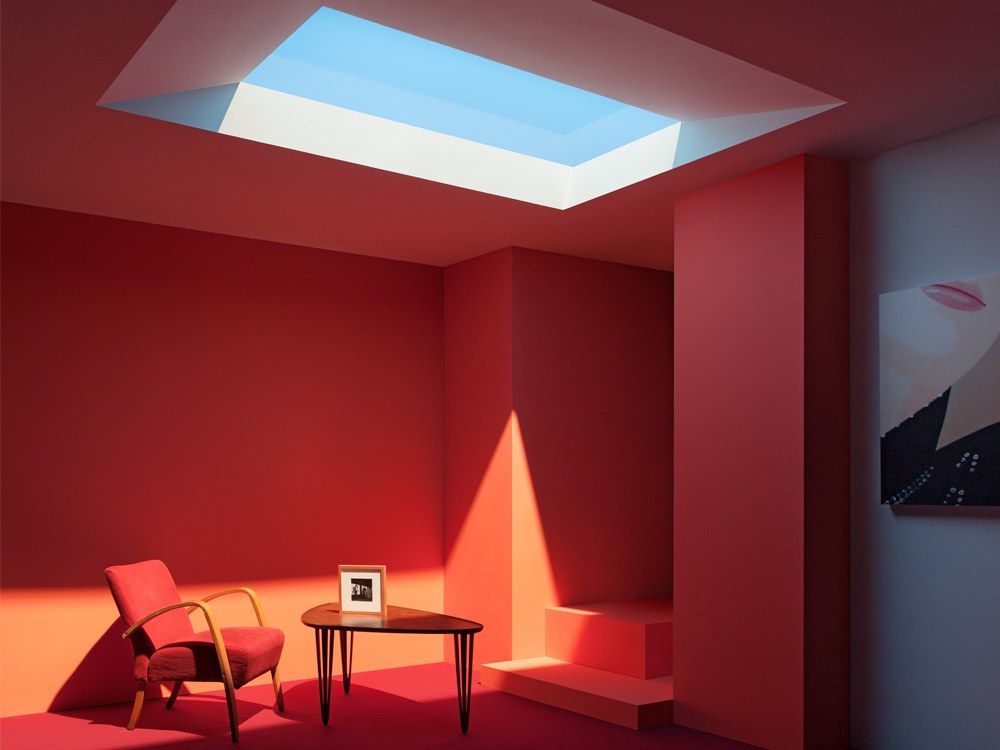 ‘The same rule can apply to every space in the home, but for a more considered result, the rule should be broken and re-applied in a contextual way,’ says Joanne Quinn, senior interior designer at LuxDeco .
‘The same rule can apply to every space in the home, but for a more considered result, the rule should be broken and re-applied in a contextual way,’ says Joanne Quinn, senior interior designer at LuxDeco .
‘Begin by considering a dark bathroom ideas. In here, candles in hurricane lanterns, paired with a thoughtfully positioned wall light or two, one close by to a mirror where illumination is needed would be more suited to the environment than a ceiling full of spotlights.
‘In a bedroom, when night falls and there’s little light to be found, bedside lamps provide a lower level of light close to the height of the bed – the key piece of furniture to highlight. Another lamp by a dressing area, be it another table lamp or a standing floor lamp, promises another source that combines task-style lighting and ambient lighting.
As for the kitchen? ‘Brighter beams of light are called for,’ says Joanne. ‘Try not to disregard the constant need for atmospheric light too, however. ’
’
4. Employ the magic of mirrors
(Image credit: Kelling Designs)
Decorating with mirrors will enhance the daylight that does reach a dark room and make a dark room look brighter. ‘Mirrors make any room lighter, brighter and more dramatic, so add fixed mirrors on long walls, which will double the illusion of space,’ says Juliette Thomas, founder and director, Juliettes Interiors . ‘Floor-standing mirrors can be moved around to create different moods within the room – and bigger is always better. A small mirror in a large space will look skimpy, upsetting the balance of the whole room. However, wall mirrors should never be wider than the piece of furniture below.’
But you should also use mirrors to boost artificial illumination when lighting a dark room. ‘A key trick is utilizing mirrors by lights, whether you position them behind lamps or on the wall to fall in line with your ceiling pendant,’ says Emma Deterding, founder and creative director, Kelling Designs . ‘Placing mirrors behind lamps will help to increase the depth of a room, whilst doubling the amount of light available by reflecting light from the lamp back into the space.’
‘Placing mirrors behind lamps will help to increase the depth of a room, whilst doubling the amount of light available by reflecting light from the lamp back into the space.’
5. Be clever with downlights
(Image credit: James Merrell / Future)
If the corners of a room are gloomy during daylight hours, try this strategy from interior designer Penny Morrison in order to provide background illumination for the entire space.
‘In a dark room I put small downlights in the corners of the room on dimmer switches which can be used to gently enhance the illusion of daylight on a really dark day,’ she says.
6. Think verticals and horizontals
(Image credit: Davide Lovati)
It’s important to think about illumination in a three-dimensional way when lighting a dark room.
'In dark rooms, you should try to create as many sources of warm light as possible,’ says Peter Legg, lead designer, där lighting . ‘Place lights at different levels to ensure the room is illuminated vertically and horizontally. Table and floor lamps are ideal for any shady corners, and wall lights can help frame the main area or highlight the edges of the space when placed at either end.
Table and floor lamps are ideal for any shady corners, and wall lights can help frame the main area or highlight the edges of the space when placed at either end.
‘When picking the central light source, choose an armed pendant or one made from glass to help light bounce across the space.’
7. Opt for consistent color
(Image credit: Life Kitchens)
If using LED lighting in a dark room, make sure it all has the same color tone – this is important in all rooms, but particularly if you are looking for kitchen lighting ideas because there are so many reflective surfaces.
‘Warm white works well because it offers a cozy, relaxing atmosphere, while still brightening a dark room,’ says David Conlon, founder, En Masse Bespoke Interiors .
8. Consider the glass in light fixtures
(Image credit: Polly Eltes)
Whether living room chandelier ideas or pendants are preferred, it’s worth thinking about the glass in light fixtures when lighting a dark room.
‘Chandeliers add immediate drama and romance to dark entrance halls or cozy dining spaces, or if your style is more casual then groups of pendants work really well, especially when they’re hung at different levels to add more interest,’ says Tim Oulton, founder, Timothy Oulton . ‘We often use optical-grade K9 glass in our lighting; it’s clearer and lighter than crystal so it softly diffuses the light and creates a very gentle, romantic glow.’
9. Select the right lampshades
(Image credit: Sims-Hilditch)
The choice of lampshades as well as the number of lamps can assist in making a dark room lighter. ‘An ambient glow is what you can expect through the fabric of your lampshade,’ says interior designer Benji Lewis, founder of Zoom that Room . ‘Therefore, if the room is dark, more are needed.
‘Silk taffeta is a sumptuous finish for a lampshade, especially good if it’s a more formal effect you're after. It also reflects light so is perfect for a dark room. Gathered muslin is a slightly different but lovely fabric which lets the light come through well.
Gathered muslin is a slightly different but lovely fabric which lets the light come through well.
Consider the linings of lampshades as well. ‘Metallic shade linings are excellent for spectacle,‘ says Benji. ‘I’d likely lean towards gold rather then silver, however, because the ambient light will look warmer; similarly cream card lining is going to allow for softer light than a bright white lining.’
10. Use a lacquered finish
(Image credit: Maestri Studio Photograph: Nathan Schroder)
A lacquered finish can be an excellent solution for a naturally dark room. ‘We used white walls and a lacquered white ceiling to brighten up this space,’ says Eddie Maestri AIA, principal architect, creative director, and owner of Maestri Studio . ‘The lacquer reflects light and the mirror quality gives the perception of more space.’
How can I get better lighting in a dark room?
To get better lighting in a dark room begin by making the most of the daylight there is then address its artificial light.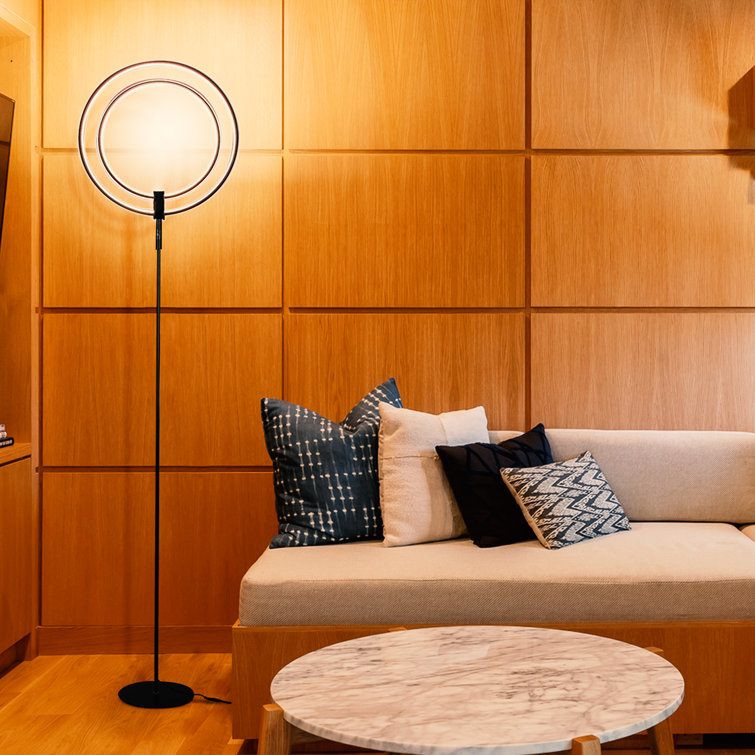
‘To add light to a dark room, I would always recommend trying to maximize natural light by opening up walls, installing large bi-fold windows and paring back window treatments (utilizing a frosted window film instead of blinds, for example),’ says TR Studio founder, Tom Rutt.
‘Artificial light is also an important tool. Incorporate multiple light sources in different parts of a room, such as wall, table and floor lights. This will throw light upwards at the ceiling to “lift” the space and illuminate the room much more effectively than a single overhead light source and it will also create a cozy, more inviting ambience.
‘Consider focusing light on surfaces and features such as alcoves, nooks, shelving and artwork. Spotlights and wall lights are great when they’re used in this kind of considered way as the light will bounce off these surfaces softly illuminating the surrounding space.
‘Dark walls/surfaces and north-facing rooms aren’t going to reflect light, so think about using lighting with diffusion to disperse the light.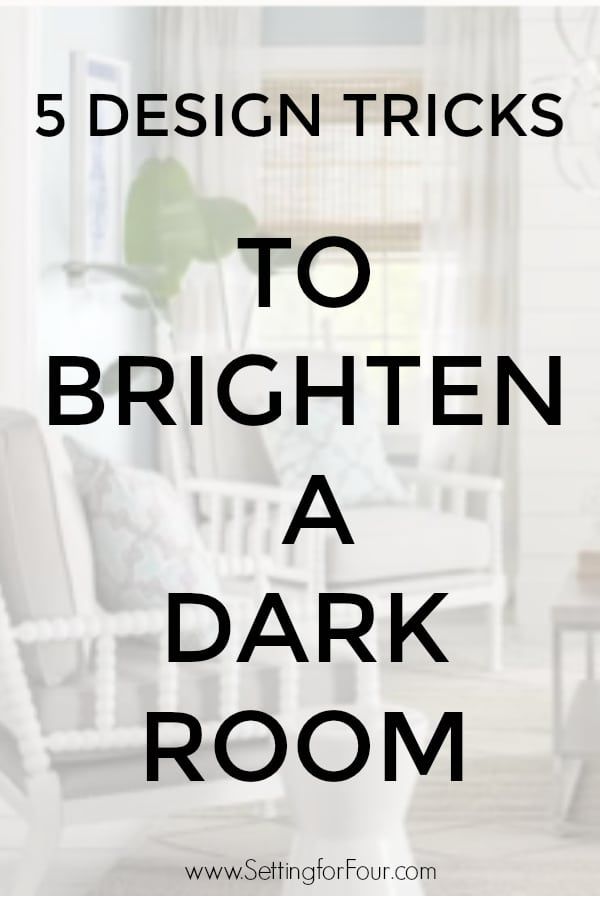 ’
’
How can I get good lighting in a room without a window?
In a room without a window, the lighting design needs to supply all the illumination. ‘The exact level of light you need in a room will depend on a number of things, including the size and shape of the room, what it’s being used for, and the kind of ambience you’re looking to create,’ says Rohan Blacker, founder of Pooky .
‘Introducing a number of different light sources into a windowless room can help to lift the space and prevent it from feeling dark or enclosed. You should aim for balance within the space. Try to avoid making certain areas particularly bright at the expense of others, as this will emphasize any dark corners, making the room feel smaller and more enclosed.’
Sarah is a freelance journalist and editor. Previously executive editor of Ideal Home, she’s specialized in interiors, property and gardens for over 20 years, and covers interior design, house design, gardens, and cleaning and organizing a home for H&G.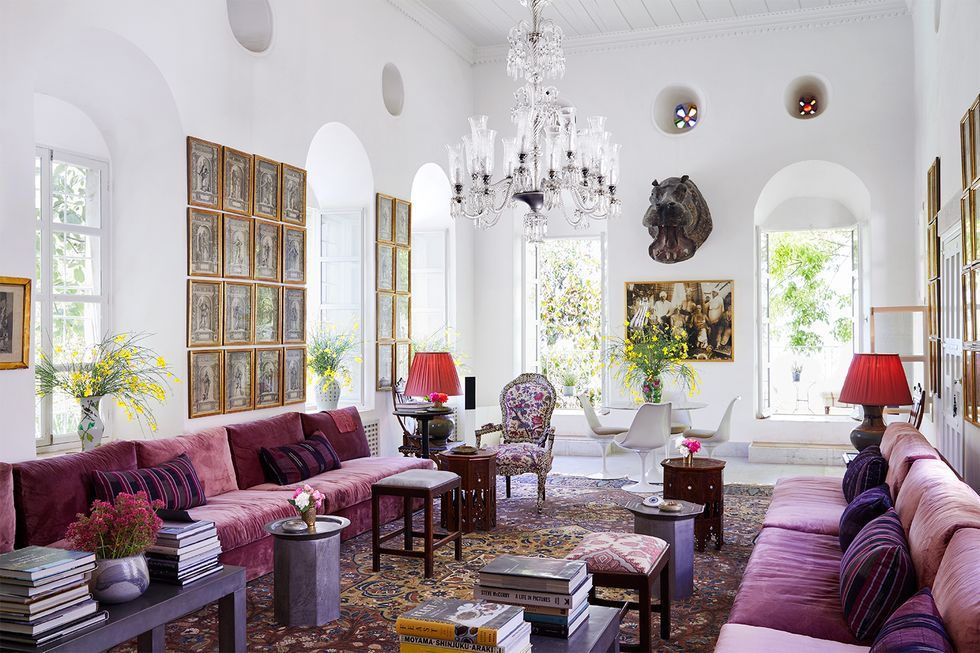 She’s written for websites, including Houzz, Channel 4’s flagship website, 4Homes, and Future’s T3; national newspapers, including The Guardian; and magazines including Future’s Country Homes & Interiors, Homebuilding & Renovating, Period Living, and Style at Home, as well as House Beautiful, Good Homes, Grand Designs, Homes & Antiques, LandLove and The English Home among others. It’s no big surprise that she likes to put what she writes about into practice, and is a serial house renovator.
She’s written for websites, including Houzz, Channel 4’s flagship website, 4Homes, and Future’s T3; national newspapers, including The Guardian; and magazines including Future’s Country Homes & Interiors, Homebuilding & Renovating, Period Living, and Style at Home, as well as House Beautiful, Good Homes, Grand Designs, Homes & Antiques, LandLove and The English Home among others. It’s no big surprise that she likes to put what she writes about into practice, and is a serial house renovator.
15 Creative Ways to Brighten – BlissLights
It can be challenging to make a house feel like a home when your space lacks windows and natural light. But even the slightest glimmer and glow can transform a dark space into a warm and welcoming oasis. Read on for 15 ideas on how to fake natural light in a dark room.
15 ways to fake natural light
Below are 15 ways you can create the illusion of natural light in your home.
1. Use mirrors
Mirrors’ reflective properties can make your room feel larger and brighter.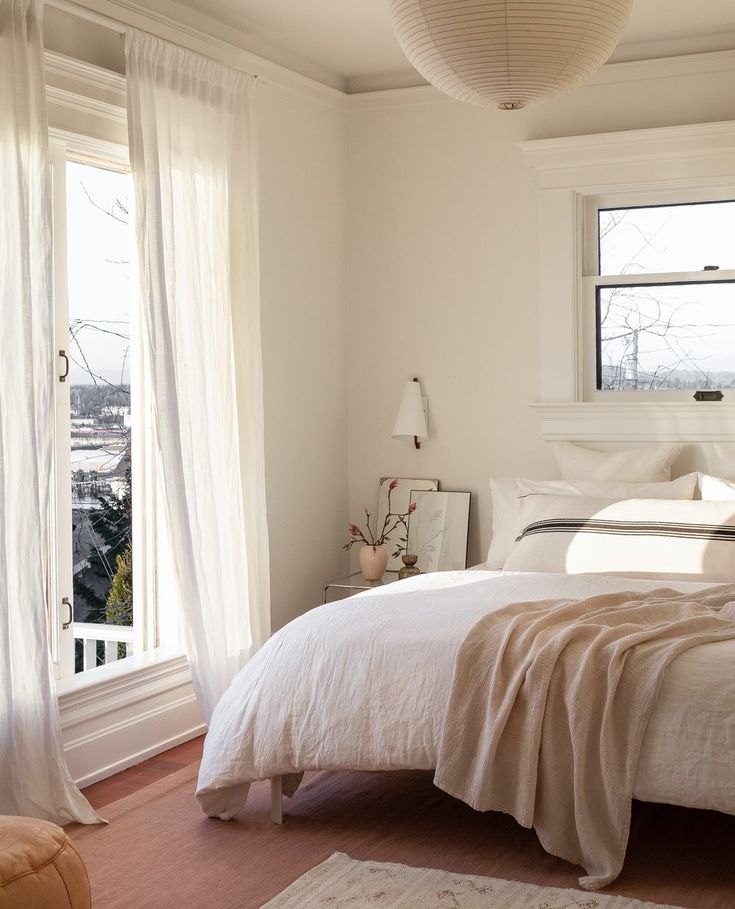 For example, let’s say your room has only one small window that lets in barely any light. In that case, you can place a mirror on the wall across from it to reflect light. You can even go the extra mile and fill your room with mirrored surfaces such as a mirrored coffee table or vanity. That’s just one great way to transform a dim room into a radiant sanctuary.
For example, let’s say your room has only one small window that lets in barely any light. In that case, you can place a mirror on the wall across from it to reflect light. You can even go the extra mile and fill your room with mirrored surfaces such as a mirrored coffee table or vanity. That’s just one great way to transform a dim room into a radiant sanctuary.
2. Utilize soft and warm hues
Warm lighting can transform any dark area into a comfortable, inviting space. Most warm lights are orange-yellow in color, a hue associated with restfulness and relaxation. They can add comfort to any unsettlingly dark space.
The BlissRadia is a great option for illuminating your dark space without adding any clutter. This lamp diffuses gentle hues that seamlessly transition from one color to the next. It can also shine in just one non-changing rainbow color. You can set it to mimic the sun’s rays through the BlissLights app too – the ultimate infusion of natural lighting in a dark room.![]()
BlissRadia Smart LED Mood Light
$49.99
From desktop to bedside, light the way to concentration, stimulation, or relaxation.
Shop Now arrow_forward
3. Use neutral colors for furniture and walls
When painting and furnishing a room without windows, you want to keep your color scheme light and neutral. This is because darker tones absorb more light, so dark paint and furniture dull any illumination let into your space. Try pairing brighter paint colors with similarly hued furniture to set a more natural mood.
4. Add gloss to furniture surfaces
Faking natural light can be as simple as adding a fresh coat of white gloss to your walls, trims, ceilings, and hard furniture. That’s because glossy finishes are known to reflect more beams around the room, similar to mirrors. You can also invest in a few decor pieces that have a glossy or metallic finish, such as vases, jewelry holders, or metallic wall art. You’ll make your darkly colored space appear brighter and spark an enticing new energy.
5. Opt for light colors
If you’re dealing with a lack of natural light, you should avoid dark tones and designs. Yet while neutral colors are a great option, you don’t want to overload your space with white, tan, and gray tones. For a pop of color, try adding happy pastel hues. Robin’s egg blue, lavender, goldenrod, or a warm green can all create an astonishing warm glow.
6. Keep windows unobstructed from furniture
Maybe you like placing your bed frame or desk against a window for aesthetic purposes. In most rooms, that’s a great idea, but when you struggle with letting in the sun during the day, you should leave your windows as unobstructed as possible. This means you may have to compromise and move your furniture. You may also want to exchange your heavy curtains for sheer ones. If your windowsill still feels empty, try adding a plant in the corner to bring your space to life with the allure of nature.
7. Avoid clutter
In a dim room, clutter poses issues beyond taking up your space.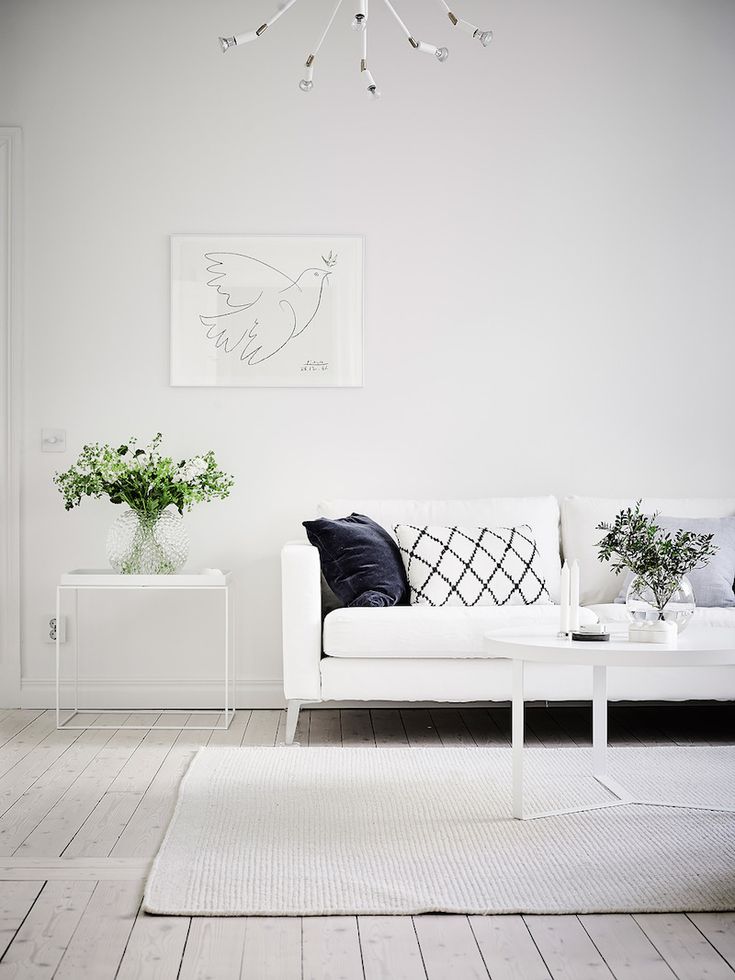 Most clutter also lacks reflective properties – it’s not like glossy cabinets are part of your clutter – so it typically makes your home appear darker. One solution: Add furniture that doubles as storage space – especially bright-colored furniture. You can also decorate your walls with white floating shelves and dazzling trinkets that enliven the room from top to bottom.
Most clutter also lacks reflective properties – it’s not like glossy cabinets are part of your clutter – so it typically makes your home appear darker. One solution: Add furniture that doubles as storage space – especially bright-colored furniture. You can also decorate your walls with white floating shelves and dazzling trinkets that enliven the room from top to bottom.
8. Add subtle light fixtures
Maximizing the amount of light in your room means avoiding fixtures that become the center of attention. When a fixture acts as your focal point, it takes away from the actual light you’re adding to your space. Avoid obtrusive fixtures such as chandeliers and low-hanging pendants in favor of flush mounts. These types of fixtures can be like a mini-sun hanging overhead – they’ll bring a sense of daylight to your room while keeping things open and fresh.
9. Use sheer curtains
Although heavy curtains can be aesthetically pleasing, they won’t do your lighting situation any good. Instead, layer sheer curtains over blackout curtains to get the best of both worlds. This way, you can let in that tiny bit of available sun during the day. Then, when you go to sleep, you can pull the heavy curtains closed. A solid white sheer curtain can counter your space’s darkness, and turquoise or lavender sheer curtains can infuse your space with character.
Instead, layer sheer curtains over blackout curtains to get the best of both worlds. This way, you can let in that tiny bit of available sun during the day. Then, when you go to sleep, you can pull the heavy curtains closed. A solid white sheer curtain can counter your space’s darkness, and turquoise or lavender sheer curtains can infuse your space with character.
10. Add floor lamps
Corners can look dark and eerie in a windowless room. That’s often because your overhead light doesn’t reach there, and that effect is stronger with no sun beaming into your space. A simple solution: a large floor lamp in the corner of your room. This tall lamp can transform any dark area into a soft, luminous sanctuary. It can also be a great decor piece that adds a whole new dimension to that strangely dark corner.
11. Place furniture near your light sources
Getting good light in a room with limited sun exposure can mean getting creative with everything else in the room.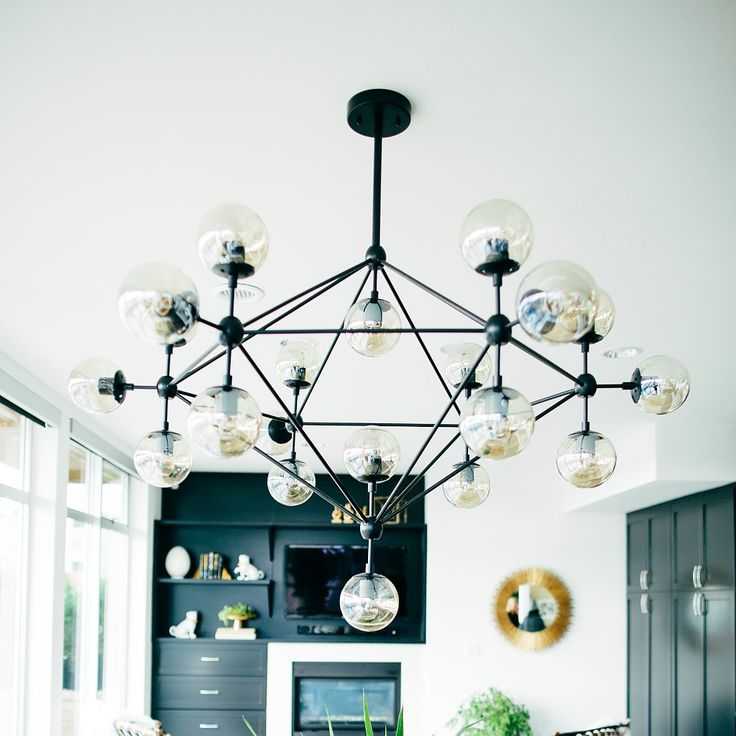 That includes your furniture, and some interior designers recommend keeping your couches and loveseats close to your lamps and other fixtures. This way, you’ll feel like you’re getting plenty of light no matter where you sit, even if no sunbeams reach through the windows. It’s a simple way to build a glowing world of your own.
That includes your furniture, and some interior designers recommend keeping your couches and loveseats close to your lamps and other fixtures. This way, you’ll feel like you’re getting plenty of light no matter where you sit, even if no sunbeams reach through the windows. It’s a simple way to build a glowing world of your own.
12. Make any available windows a focal point
Even if you have a tiny window in your room, that means you do still get a bit of natural light. You should play that up as much as possible – you could make your window your room’s focal point. That’s because the more attention you draw to your light, the more significant it will seem. Arrange your furniture and decorations around this window and extend the whole scheme outward to make good lighting the star of your show.
13. Use recessed lighting
If you lack floor space in your living room, save yourself the clutter and brighten up your space with overhead lighting. When you’re low on natural light, though, one central source above your head won’t do the trick. You’ll need a bunch of recessed lights – the type where the bulbs go into and above your ceiling – for that luminous daytime shine. That can be all it takes to transform your small room with no natural light into a bright, inviting retreat.
You’ll need a bunch of recessed lights – the type where the bulbs go into and above your ceiling – for that luminous daytime shine. That can be all it takes to transform your small room with no natural light into a bright, inviting retreat.
14. Don’t get patterned lampshades
Bright, patterned lampshades might seem like a fun and unique option for a poorly lit room. After all, bright furniture and decor can elevate even the darkest of rooms. But in reality, colorful, patterned lampshades typically obscure the light they cover. Instead, choose lightly-colored lampshades that don’t block light. Pure white or eggshell lampshades can elevate your decor and add new depth to your surroundings.
15. Install under-cabinet lighting
In most cases, overhead lighting can’t fully illuminate a space on its own. You’ll need more fixtures for hard-to-reach areas such as countertops, bookshelves, or dresser drawers. Instead of using clunky fixtures that only add to your clutter, you can illuminate your less accessible spaces with LED strip under-cabinet lighting.
The BlissGlow is a great choice for under-cabinet LED strips. It can shine in up to 12 colors at once and move to the beat of any music you play in your poorly lit room. For an easy setup, just peel off the adhesive backing and stick it right beneath any cabinet space. You can control the colors and transitions all from your phone for a simple, seamless experience – with or without natural lighting.
BlissGlow Multicolor LED Strip Light
$49.99
Refresh your space with a modern glow.
Shop Now arrow_forward
Brighten up any dark space with BlissLights
With color-changing LED strips and ambient mood lights, you can transform any dark room into a glowing sanctuary. You can get both – and plenty of other DIY natural-light-faking options – through BlissLights. Browse the BlissLights collection now to see even your darkest spaces in a whole new way.
Good lighting in the room - 7 main rules.
 The best solutions in engineering and design.
The best solutions in engineering and design. If you want to make good quality lighting in the rooms of your apartment or house, you need to follow 7 basic rules.
This is what most designers and planners adhere to when compiling their expensive projects. They are not so complicated and will be clear to any user and customer.
Number of lights
Avoid using only one light source whenever possible. The well-known classic way is to illuminate the room with a large chandelier.
On the one hand, of course, it's great when you can illuminate a large space with just one powerful lamp. No problems with a bunch of wires, a choice of fastening points.
However, from the point of view of good lighting design, it is better to illuminate the space with several local light sources. For example, floor lamps, single suspensions, wall lamps. nine0003
The most common option is spotlights.
All this diversity gives you the opportunity to combine the lighting environment, making it independent and variable.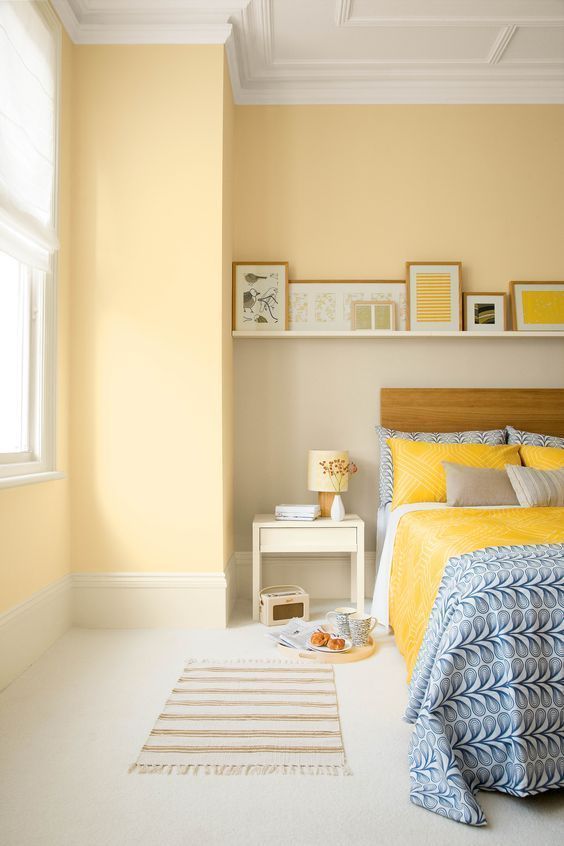 Use light only where and only when needed.
Use light only where and only when needed.
What's more, it saves a lot of energy consumption, allows you to form the environment more evenly. You won't have much contrast between the bulky chandelier that hangs in the center of the room and the dark corners of the room.
In such a space, both the one who eats at the dinner table and the one who reads a book near the floor lamp feel equally good. nine0005
Types of lighting
Always consider the functionality of the room when choosing the type of lighting. There are three main types in total:
- reflected
- accent
- straight or directional
Direct - this is the light from built-in or ceiling lamps shining strictly from top to bottom. This also includes table lamps.
Objects in this light will appear to you a little more voluminous than their actual size. nine0003
For the living room and bedroom, indirect light sources are very suitable, which allow you to create a soft, evenly lit environment that is comfortable for the eyes.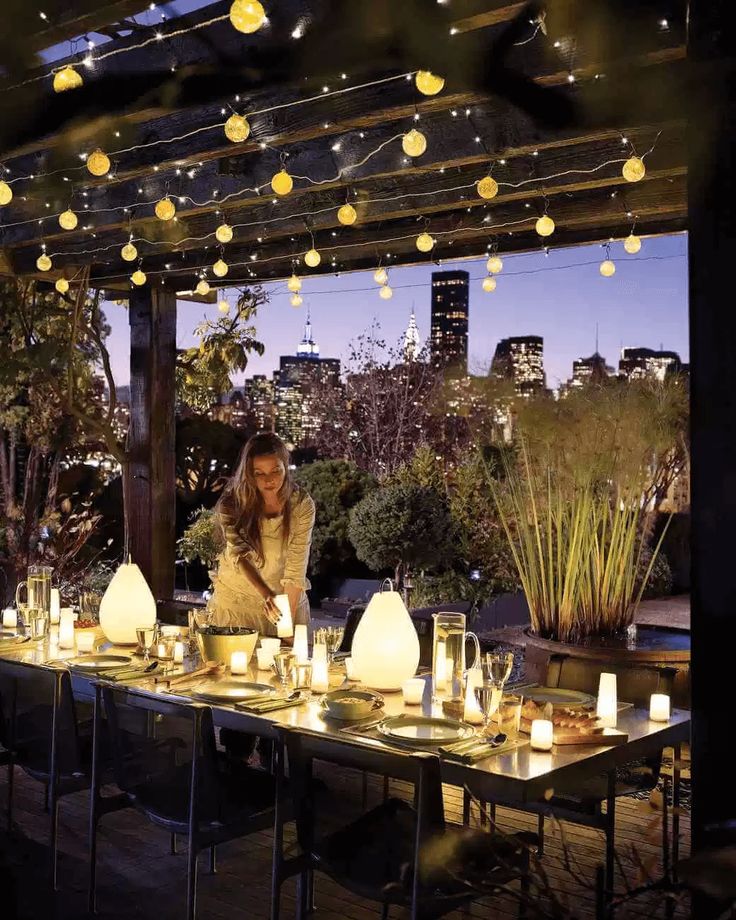
Accent light is a bright, directional light source. It is used where you need to draw attention to something, emphasize a separate object or element of the interior.
However, this light source has a big minus - it blinds the eyes very much.
Therefore, it must be used pointwise, thoughtfully, and only where it is necessary and acceptable. nine0005
Wall lighting
Never forget to illuminate vertical surfaces. About 80% of our attention in the rooms is riveted to the walls.
When we move around, communicate with each other, just sit in a chair, our eyes are always on vertical surfaces, not on the ceiling.
In this case, the ceiling space takes only 15% of the attention, and the floor gets only 5%.
Therefore, if you want to get a comfortable room, where it will be pleasant to be, do not forget about wall lighting. In large living rooms, the concentration of lamps around the perimeter should be done on the basis of this rule.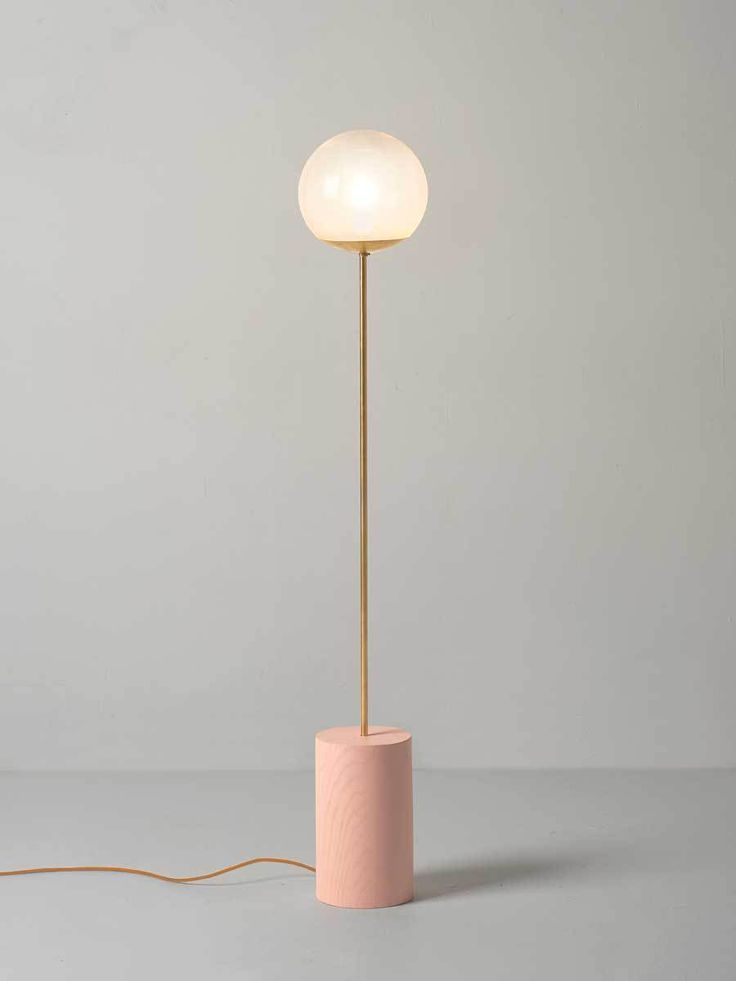 nine0003
nine0003
One color temperature
In a good, cohesive, finished interior, the light environment should be monotonous.
This means that luminaires with the same color temperature must be used for illumination.
A rare exception may be the case when you want to emphasize the texture of some materials, or highlight individual interior items.
Placement of luminaires
Try to place the luminaires so that direct eye contact with the light source is avoided as much as possible. nine0003
In a good way, you should not see them directly at all. For example, in high-level restaurants, it is written directly in the instructions that lighting devices should not come into contact with the eyes of visitors.
This allows people to focus on the most important thing - on tasty and healthy food, and not be distracted by blinding light bulbs.
Also do not use spotlights in the bedroom. Especially over the bed.
It would be more correct to distribute the lamps around the perimeter, bypassing your bed.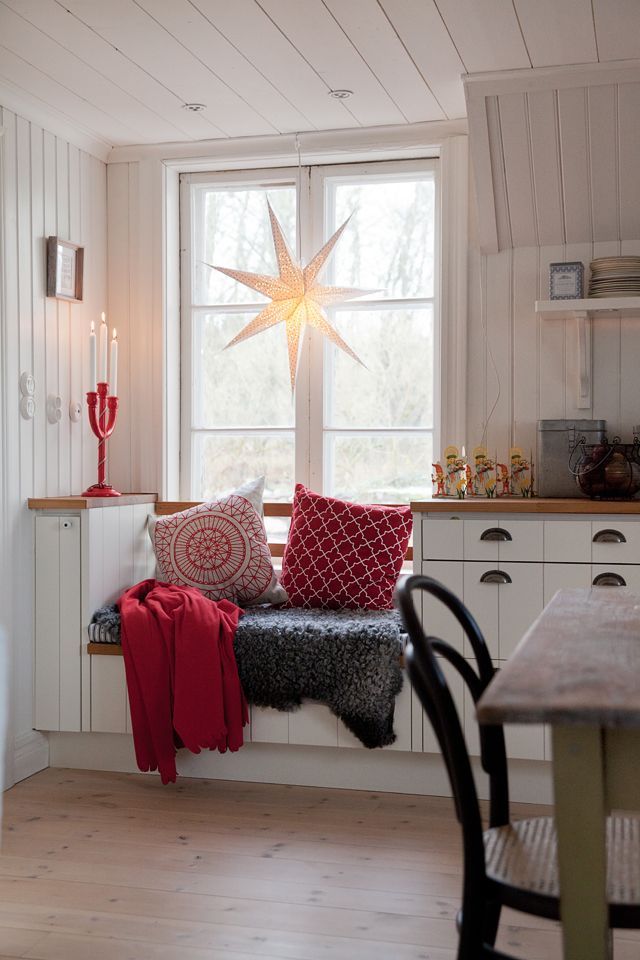 nine0003
nine0003
If you still need to use accent light in the interior, then use special accessories. For example, anti-reflective grilles.
They virtually eliminate eye contact with the bulb or LED inside the light point.
Variation of light
Light in all rooms should be variable. Solutions that adjust the light environment in the room in accordance with the natural human biorhythms are gaining great popularity in this matter. nine0003
It's no secret that our eyes were formed in natural light - sunlight.
The sun changes its color temperature over a fairly wide range. In the morning, afternoon and evening, completely different light emanates from it.
At home, we can also simulate the change in color temperature over time to match our natural biorhythms. Such a lighting system increases efficiency, makes you feel better, and reduces eye fatigue.
This system is very simple and you can create a light environment in your room with a flick of the wrist:
- cold
- or warm
In addition, this process can be automated. It is enough to bind LED sources to light sensors, a timer, and the system itself will change the color temperature at the right time.
It is enough to bind LED sources to light sensors, a timer, and the system itself will change the color temperature at the right time.
Lighting design ahead of time
Always start designing your lighting system as early as possible. Through our eyes we get over 90% information about the world around.
Light is the very conductor, thanks to which a nondescript room can be transformed into a beautiful interior without much effort.
Furniture and paintings will return to their true colors.
Therefore, the lighting concept must evolve along with the interior concept. This will save you from many mistakes, make the interior holistic, beautiful, well lit.
How to plan the lighting in the apartment so that it is pleasant to relax and work comfortably
August 31, 2020 Life Column
Think about the scenarios for using the room and take into account the important nuances.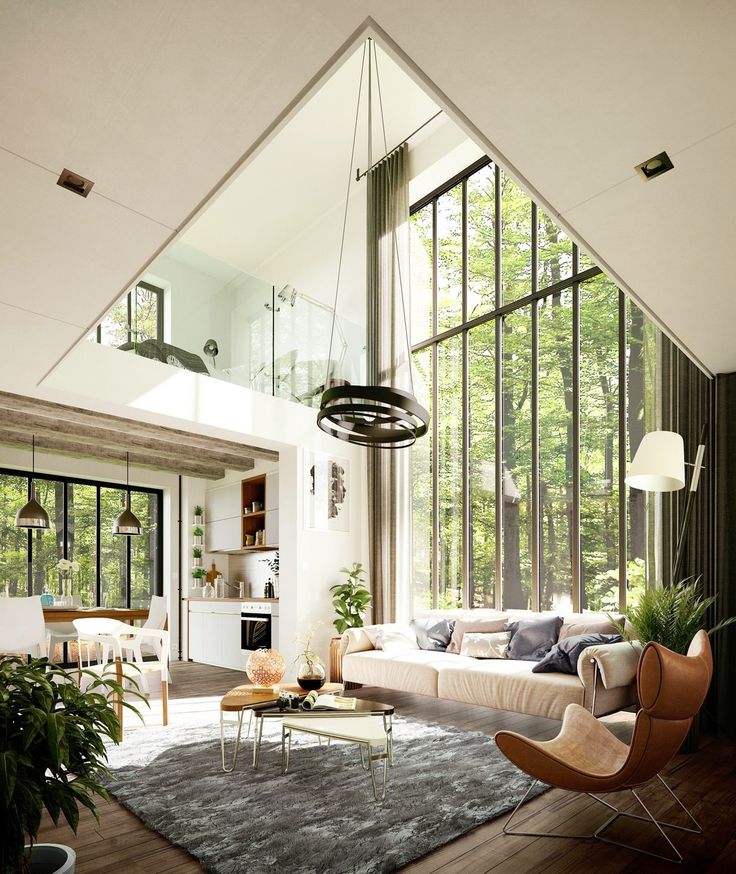
Tatyana Vasilyeva
Interior designer at Masters Remont.
Light helps to concentrate or relax. It emphasizes the finish and corrects the shortcomings of the room: low ceiling, small size, irregular shape. To make the interior beautiful and comfortable, lighting should be taken very seriously. And it is important to decide on the location of the lamps before the start of the repair: alterations will be expensive. Here's what to consider. nine0003
Types of lighting
It can be general, directional and decorative.
- General is useful to compensate for the lack of natural light - for example, if you need to brightly light up the room in the evening. In this capacity, a chandelier in the center of the ceiling or a grid of built-in lights can act.
- Directional lighting is also called working. This category includes table lamps, floor lamps, pendant lamps. It is needed to illuminate a small area: a dining table, a workplace, a mirror.
 nine0035
nine0035 - Decorative sets the accent in the interior. This includes the illumination of paintings and niches, built-in lamps in the floor and along the walls. If a luminaire casts complex shadows, accentuates a finish or decor, and does not perform a practical function, it is decorative.
Usually, all types of lighting are used in the interior. In some rooms, you can get by with one or two options: the bedroom will be comfortable without a chandelier, and the toilet is unlikely to need complex lighting or a floor lamp. The purpose and number of fixtures depends on how the room is used. nine0003
Lighting scenarios
Luminaires are selected and positioned according to how the room will be used. There are no universal solutions. Scenarios depend on the functional areas, lifestyle and requirements of the apartment owners.
- In the living room people usually relax, watch TV, read. As a rule, bright general light is not needed here: it invigorates, not relaxes.
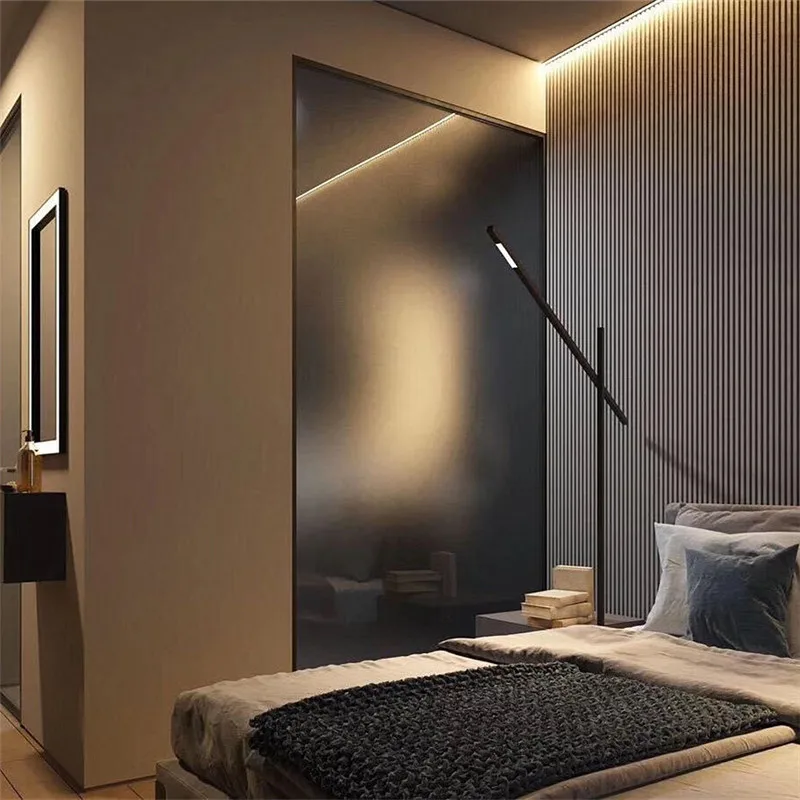 But still, the lighting should be solemn: holidays are celebrated in this room, guests are received. Therefore, it is usually decorated more elegantly than other rooms. Soft general lighting will provide built-in or pendant lights. Decorative is also needed: it will decorate the interior and create the necessary mood. nine0035
But still, the lighting should be solemn: holidays are celebrated in this room, guests are received. Therefore, it is usually decorated more elegantly than other rooms. Soft general lighting will provide built-in or pendant lights. Decorative is also needed: it will decorate the interior and create the necessary mood. nine0035 - In bedroom they relax, read, watch TV, change clothes. This is an intimate part of the apartment, comfort and harmony in the interior are important here. You can place dim lamps by the bed, spots or spotlights - by the closet, highlight the mirrors. A bright general light helps wake you up in the morning, so it's worth adding that too. Decorative lighting - optional.
- Nursery should have a lot of light. Be sure to need general lighting, working - in areas for recreation, study and games. Decorative - optional: garlands and nightlights will make the room cozier. nine0035
- The kitchen illuminates the worktop and dining area.
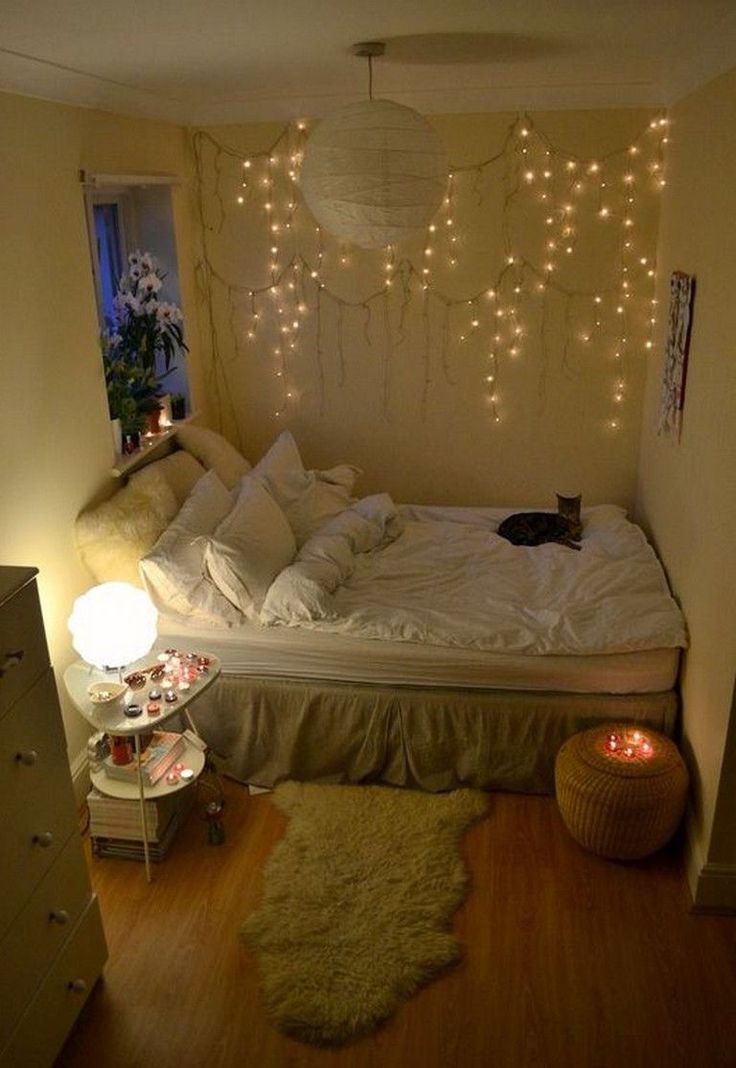 General lighting is optional, especially if the kitchen is small: built-in lights along the furniture, lighting above the countertop and a pendant or wall lamp above the table are enough.
General lighting is optional, especially if the kitchen is small: built-in lights along the furniture, lighting above the countertop and a pendant or wall lamp above the table are enough. - In the hallway , the lighting should be bright: there are rarely windows here, so you need to compensate for the lack of sunlight. Built-in lamps are chosen as general lighting. They can be supplemented with a chandelier in the center of the ceiling if the room is large. Working lighting is also needed: sconces or lamps near the mirror, cabinet lighting. nine0035
- Bathroom needs general and directional lighting (near the mirror). Sometimes built-in shelving is illuminated for beauty.
- Toilet needs only general lighting. Directional is unlikely to come in handy, decorative - optional.
Thoughtful scenarios help determine the number and location of luminaires. They are marked on the plan of the future interior immediately after the furniture: so each light bulb will find its place.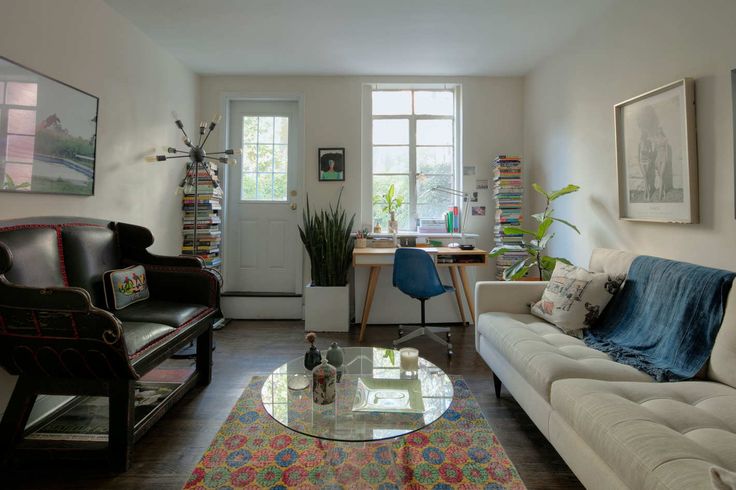
Consider lighting scenarios using the example of a studio apartment. There is only one room here, but it is divided into zones: a bedroom, a living room, a kitchen, a dining room, an office. The apartment also has a dressing room, an entrance hall and a bathroom. nine0003
The role of general lighting went to the track structure on the ceiling in the center of the room. Luminaires can be directed to where more light is needed - for example, to the workplace.
Track lighting around the perimeter and a pendant lamp behind the sofa / Project author: Tatyana VasilyevaEach zone has directional lighting: in the kitchen - lighting above the countertop, in the bedroom - sconces, above the dining table and sofa - pendant lamps, at the desktop - floor lamp . They are included as needed. nine0003 Illumination above the kitchen worktop, a lamp above the dining table / Project author: Tatyana Vasilyeva
Decorative lamps were provided near the bed. They provide soft subdued lighting. Great for watching TV before bed.
Great for watching TV before bed.
Only general lighting was left in the hallway and dressing room. These are small rooms where you do not need too much light. In the bathroom, we decided to assemble a multi-level ceiling and build lamps into it. Provided a mirror with built-in lighting. nine0003 Three-level ceiling in the bathroom / Project author: Tatyana Vasilyeva
It turns out that for every action of the apartment owners there is a lighting scenario: you can read in bed, dine by the cozy light of a lamp, comfortably watch TV, apply makeup or shave in front of the mirror in the bathroom. Work areas are well lit to make them comfortable to use. The light is adjusted according to the mood: bright - for receiving guests, muffled - for a relaxing atmosphere.
Points to consider
We decided on the scenarios, looked after the chandeliers and lamps - more than half of the work was done. It remains to consider the details.
It remains to consider the details.
1. Color temperature of light
Most interiors use lamps that produce white light. It can be warm, neutral or cold. The color temperature of the light sets the mood in the room.
It is measured in degrees Kelvin (K). Warm white - below 3,500 K, neutral white - 3,500-5,300 K, cold - above 5,300 K. The color temperature of the light bulb is written on the package. nine0003 Neutral white light is suitable for the working area in the kitchen / Project author: Tatyana Vasilyeva
Warm white makes the room more comfortable. It is suitable for living room and bedroom. Neutral light is used in the hallway, kitchen, for general lighting of the nursery. Cold white is a rarity in apartments, it is more often used in offices. At home, it is only suitable for a work lamp.
It is desirable that the color temperature of all the lamps in the room is the same: then the lighting is even. But this is not necessary: the lighting temperature can be selected based on the purpose of the lamp.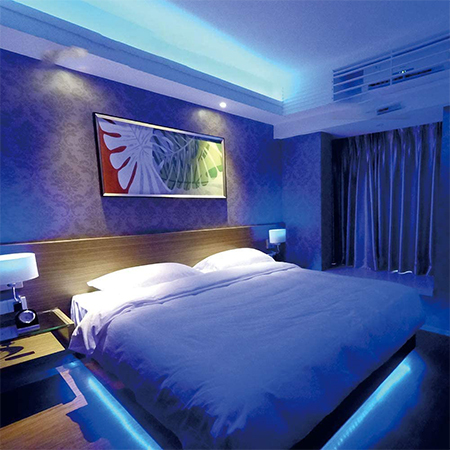 Or emphasize the texture of the surface, the design idea. nine0003
Or emphasize the texture of the surface, the design idea. nine0003
2. Color reproduction of lamps
Lighting sometimes changes the colors of furniture and finishes visually. To choose bulbs that will not distort colors, they are guided by the Ra color rendering index: it must be above 90. Lamps with Ra equal to 100 do not distort colors at all.
The lamp almost does not distort the color of the wall / Photo: keresi72/Pixabay3. Illumination
Bulbs for lamps should be bought so that there is enough light in the rooms. When I order lamps, I ask the store to make a calculation and recommend lamps for them. Usually this service is provided to customers free of charge. nine0003 Bright bedroom / Project author: Tatyana Vasilyeva
If you don't want to go to the store, you can use programs for calculating illumination - for example, a calculator from the Lighting Technologies company or the DIALux application. They take into account several parameters, so the result is more accurate than with simplified manual calculations.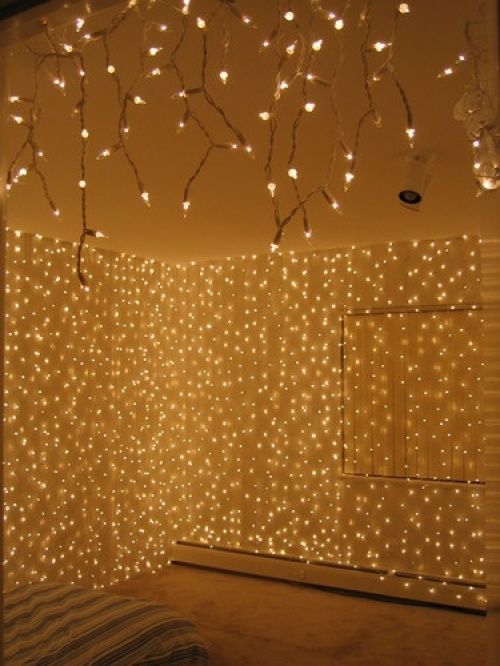
Download
Price: Free
Download
Price: Free
0225
Luminaires are not placed at eye level or directly above the bed, otherwise they will blind. Thoughtful lighting does not draw attention to itself: the light source should not be too noticeable. If you need it to emphasize the shape, color, texture, or become the king of the interior on a holiday, two modes are provided: bright solemn and calm everyday.
Pendant lamps in the bedroom are located above eye level and to the side of the beds / Project author: Tatyana Vasilyeva5. Additional sockets and switches
Some lamps require sockets - they are marked on the plan. It is better to immediately provide 2-3, they are not superfluous.
Switches near the bed / Photo: Pexels/Pixabay It's good to have lights on and off in multiple places. General light switches in the bedroom are placed at the door and next to the bed; in the living room, a switch is added near the sofa.
6. Shadows
Sharp shadows are a spectacular design technique: they emphasize the texture of the finish and interesting details. But directional and general light should not create them, otherwise the impression of the room will be unpleasant. For example, a lamp above a bathroom mirror will visually age a person by several years, so it is better to replace it with sconces on the sides or buy a mirror with soft lighting around the edge. nine0003 Lighting in the dining room is even, without harsh shadows / Project author: Tatyana Vasilyeva
7. Decorative lighting in the floor and window sills
It is no more difficult to install light bulbs in the floor or window sill than in the ceiling, and the interior will become more voluminous and interesting. Decorative lighting should not be neglected: this is the case when a couple of details are enough to make the room “play”.
Decorative lamp below eye level / Photo: PIRO4D/PixabayConclusions
Lighting in the apartment is planned when the arrangement of furniture, finishing and decor has already been decided. But you still have to arrange the lamps, switches and sockets in the drawing before the repair: the wiring is mounted during the rough finish. If you want to place a wall lamp or lighting in a room where you have already pasted wallpaper and installed a stretch ceiling, it will be expensive. nine0003
But you still have to arrange the lamps, switches and sockets in the drawing before the repair: the wiring is mounted during the rough finish. If you want to place a wall lamp or lighting in a room where you have already pasted wallpaper and installed a stretch ceiling, it will be expensive. nine0003
Lighting is planned in five stages:
- Determined with scenarios. They depend on how the premises will be used.
- Select the type and position of the luminaires.
- Consider the placement of sockets and switches.
- Transfer lights, sockets and switches to the plan.
- The plan is given to the foreman before work begins. Perhaps he will give a couple of tips based on his experience. Listen or not, it's up to you.
It is possible to properly plan lighting in an apartment without the help of a designer. True, it will take time and effort. If you need a complex solution, it is better to contact a specialist: he will offer non-standard options and think over the lighting to the smallest detail.